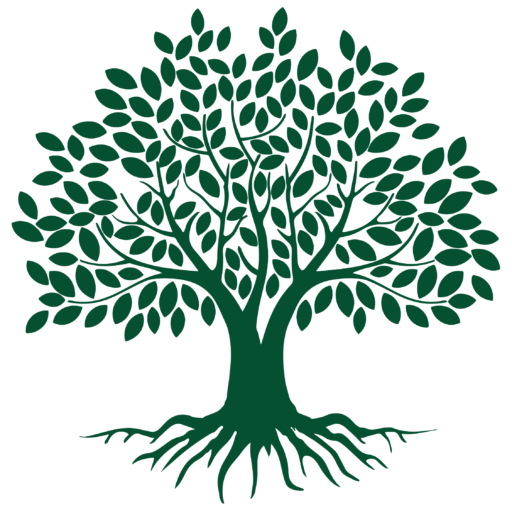The fourth shloka of the Bhagavad Gita’s first chapter is a crucial part of Duryodhana’s speech to his teacher, Dronacharya, as he surveys the battlefield of Kurukshetra. In this verse, Duryodhana acknowledges the formidable warriors assembled in the Pandava army, comparing them to the legendary heroes Bhima and Arjuna. This acknowledgment not only highlights the strength and prowess of the Pandava warriors but also reflects Duryodhana’s strategic awareness and the underlying tension of the impending great war. The shloka sets the stage for the epic conflict, emphasizing the respect and recognition of one’s opponents in the art of war.
The Fourth Shloka of Bhagavad Gita’s Chapter 1
Sanskrit:
अत्र शूरा महेष्वासा भीमार्जुनसमा युधि |
युयुधानो विराटश्च द्रुपदश्च महारथः || 1.4 ||
Transliteration:
atra śhūrā maheṣhvāsā bhīmārjuna-samā yudhi |
yuyudhāno virāṭaśhcha drupadaśhcha mahā-rathaḥ ||
Translation:
“Here in this army, there are many heroic bowmen equal in fighting to Bhima and Arjuna; there are also great fighters like Yuyudhana, Virata, and Drupada, who are all great warriors.”
Detailed Meanings and Interpretations
Context
This shloka is part of the dialogue where Duryodhana, the leader of the Kauravas, is addressing his teacher Dronacharya. He is surveying the Pandava army and pointing out the formidable warriors assembled to fight against him.
Word-by-Word Explanation
- Atra (अत्र): Here – Refers to the context of the battlefield.
- Shurā (शूरा): Heroes – Brave and courageous warriors.
- Maheshvāsā (महेष्वासा): Great archers – Those who are skilled in the use of bows.
- Bhīma (भीम): Bhima – One of the Pandava brothers, known for his immense strength.
- Arjuna (अर्जुन): Arjuna – The foremost archer and central character of the Bhagavad Gita.
- Samā (समा): Equal – Having the same level of prowess and capability.
- Yudhi (युधि): In battle – Refers to their skill and valor in combat.
- Yuyudhāna (युयुधान): Yuyudhana – Another name for Satyaki, a Yadava warrior and ally of the Pandavas.
- Virāṭa (विराट): Virata – King of Matsya, an ally of the Pandavas.
- Drupada (द्रुपद): Drupada – King of Panchala and father of Draupadi and Dhrishtadyumna, allies of the Pandavas.
- Mahā-ratha (महारथ): Great chariot warriors – Those who are capable of fighting numerous opponents simultaneously and are considered to be at the pinnacle of warrior skills.
Different Meanings and Interpretations
- Literal Interpretation:
- This verse literally lists some of the prominent warriors on the Pandava side, emphasizing their readiness and prowess in battle. Duryodhana is essentially acknowledging the strength of the enemy forces to Dronacharya.
- Strategic Interpretation:
- Duryodhana is keenly observing the strength of the opposing army to prepare his own strategy. By recognizing the key warriors, he aims to assess the potential threats and inform his own warriors about the formidable opposition they will face.
- Psychological Interpretation:
- This shloka highlights Duryodhana’s apprehension and respect for the enemy’s capabilities. Even though he is the antagonist in the epic, this acknowledgment reflects his awareness and tactical acumen. It also subtly shows his anxiety about the strength of the Pandavas.
- Comparative Interpretation:
- The comparison to Bhima and Arjuna is significant as it sets a high benchmark. Bhima is known for his brute strength and fearlessness, while Arjuna is revered for his unmatched archery skills and strategic mind. By comparing the warriors to these two, Duryodhana is expressing that the Pandava army is not to be underestimated.
- Mythological and Symbolic Interpretation:
- Each named warrior carries a deeper symbolic meaning within the epic. For instance, Yuyudhana (Satyaki) symbolizes loyalty and martial prowess, Virata represents shelter and refuge (as he provided the Pandavas with a hiding place during their exile), and Drupada signifies both friendship and enmity (as he was both a friend and a foe to Drona, Duryodhana’s mentor).
- Ethical and Moral Interpretation:
- This verse subtly conveys the idea of recognizing and respecting one’s opponents. Even in the face of conflict, acknowledging the strength and valor of the adversary is a mark of a true warrior. It reminds readers of the importance of respect and honor in conflict, which are central themes in the broader teachings of the Gita.
- Narrative Interpretation:
- From a storytelling perspective, this verse builds tension and sets the stage for the epic battle. It serves to inform the reader about the key players and heightens the drama of the impending conflict.
Conclusion
The fourth shloka of Chapter 1 of the Bhagavad Gita is a concise yet profound verse that serves multiple purposes. It lists key warriors, showcases Duryodhana’s strategic mind, and sets a respectful tone towards the adversaries. Each interpretation, whether literal, psychological, or symbolic, adds a layer of depth to our understanding of the text and the characters involved. Through this shloka, the Gita continues to impart lessons on leadership, respect, and the complexity of human emotions in the face of duty and conflict.
